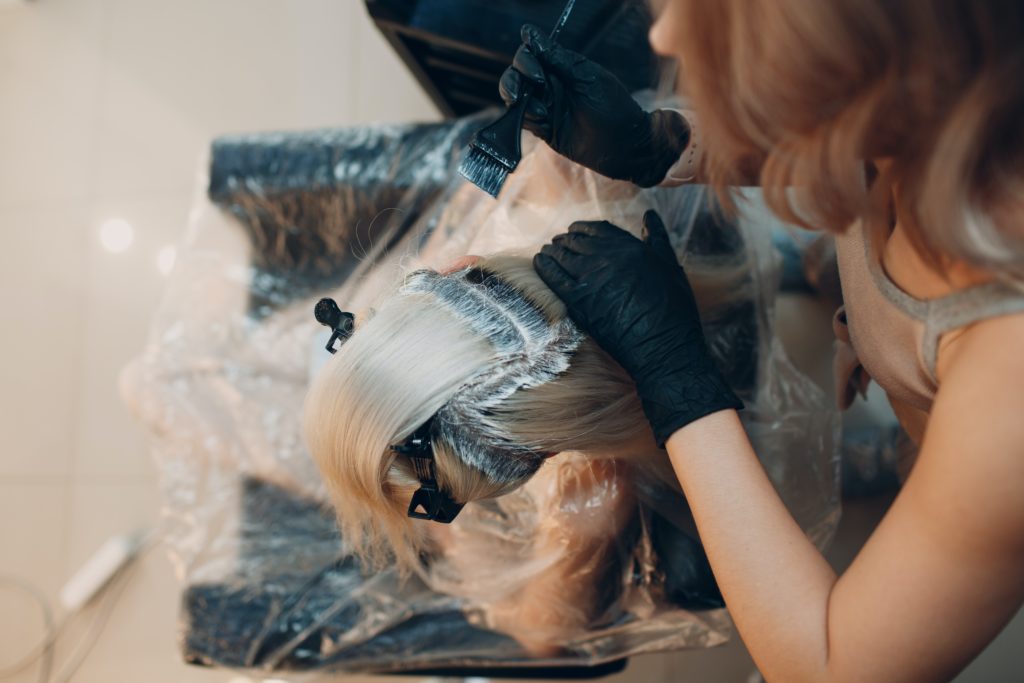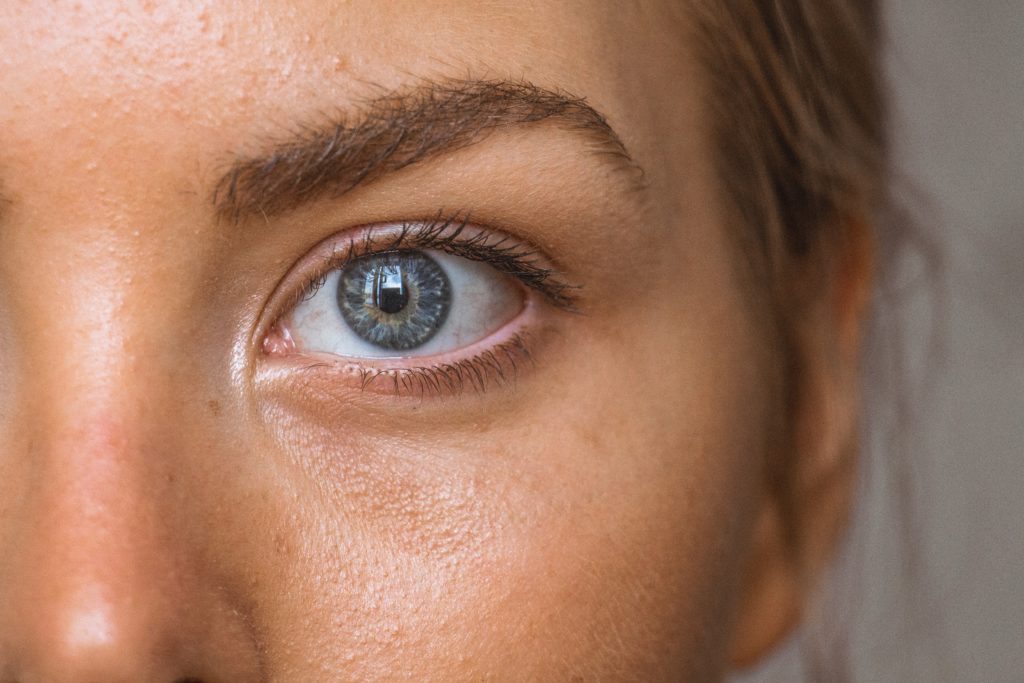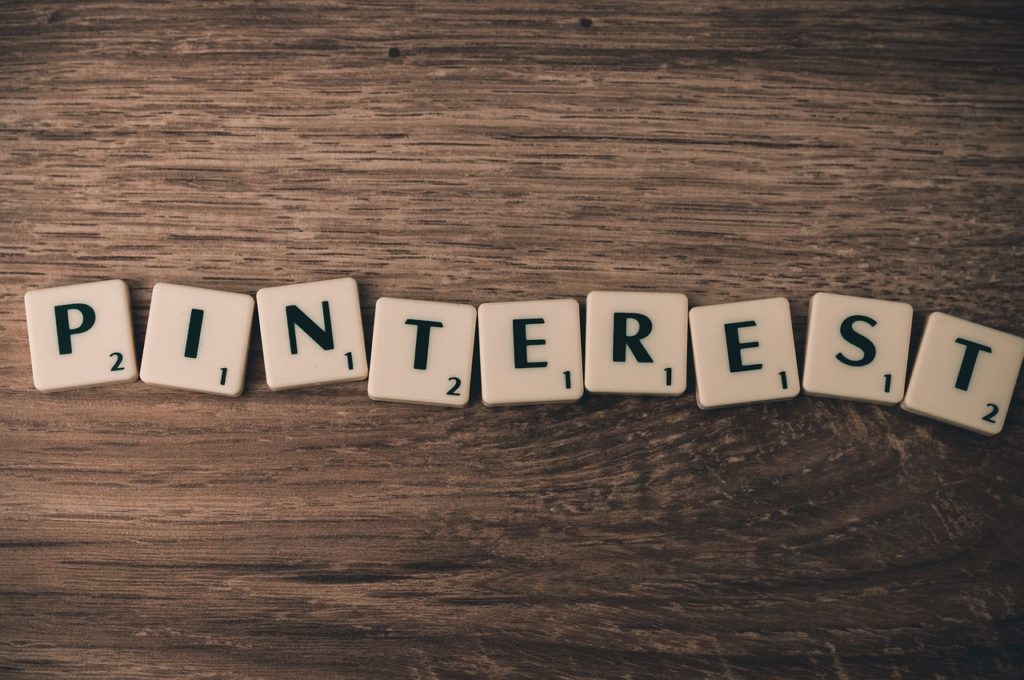Why You Should Not Dye Your Hair at Home
For many of us, our hair is a defining characteristic that we take pride in. Whether it’s our natural hair color or something we’ve experimented with, our hair can be a reflection of our personality and style. And with the growing popularity of DIY beauty trends, it’s no surprise that more and more people are attempting to dye their hair at home. However, there are many reasons why you should think twice before taking on this task yourself. In this article, we’ll explore the dangers of dyeing your hair at home and the importance of seeking out a professional hair colorist. 1. Lack of Professional Expertise One of the main reasons why dyeing your hair at home can be dangerous is because of the lack of professional expertise. A professional hair colorist has undergone extensive training and has a deep understanding of hair types and textures, as well as the chemicals involved in hair dyeing. Without this knowledge, it can be difficult to know which products are safe to use and how to apply them correctly. This can lead to serious damage to your hair and scalp. Additionally, a professional hair colorist will be able to recommend the best color and style for your hair, taking into account your skin tone and natural hair color. They will also be able to recommend the appropriate after-care routine to keep your hair healthy and vibrant. Importance of Understanding Hair Types and Textures Every person’s hair is unique, and it’s important to understand the different types and textures before attempting to dye it at home. For example, coarse hair will require a different approach to dyeing than fine hair, and curly hair will need to be treated differently than straight hair. Without this knowledge, it’s easy to make mistakes that can lead to serious damage, such as breakage, split ends, and hair fall. Risks Involved in Dyeing Hair at Home There are many risks involved in dyeing your hair at home, including the risk of chemical burns, allergic reactions, and hair damage. Hair dye contains harsh chemicals that can be dangerous if not used correctly. Additionally, if the dye is left on for too long or if the color is not applied evenly, it can lead to patchy and uneven results. This can be costly and time-consuming to correct and can even result in the need to cut off the damaged hair. 2. Potential for Uneven Coloring Achieving even hair color is a difficult task, and it’s even more challenging when attempting to do it at home. Without the proper tools and expertise, it’s easy to miss spots or apply too much dye in certain areas. This can result in patchy and uneven coloring, which can be difficult and costly to fix. In some cases, it may even require the services of a professional hair colorist to correct the mistakes. 3. Damage to Hair Health The chemicals in hair dye can be incredibly damaging to your hair health, especially if they are not used correctly. Overuse or misuse of hair dye can lead to breakage, split ends, and hair fall. Additionally, if the dye is left on for too long, it can lead to a dry and brittle texture. This can be especially damaging to those with already dry or damaged hair. Importance of Proper After-Care Routine Proper after-care is essential to maintaining healthy hair after dyeing it. This includes using the right products and avoiding harsh chemicals and heat styling tools. A professional hair colorist will be able to recommend the best after-care routine for your hair type and texture. They will also be able to recommend products that will help maintain the vibrancy and health of your hair. The Importance of Proper Tools and Equipment Another important aspect of dyeing your hair at home is using the proper tools and equipment. This includes measuring cups, gloves, and applicator brushes. Using improper tools and equipment can lead to uneven coloring and can even result in serious damage to your hair and scalp. For example, using metal brushes can cause your hair to break, and using a plastic shower cap instead of a professional-grade cap can lead to uneven coloring. Additionally, using the wrong type of developer or mixing the wrong proportions of dye and developer can also lead to serious damage. This is why having the proper tools and equipment is essential when dyeing your hair at home. Conclusion Dyeing your hair at home can be a tempting option, especially with the growing popularity of DIY beauty trends. However, it’s important to understand the risks involved and the importance of seeking out a professional hair colorist. Without professional expertise, it’s easy to make mistakes that can lead to serious damage, including breakage, split ends, and hair fall. Additionally, the chemicals in hair dye can be dangerous if not used correctly and can lead to allergic reactions and chemical burns. To maintain the health and vibrancy of your hair, it’s essential to use the proper tools and equipment and to follow a proper after-care routine. And when it comes to achieving the perfect color, it’s best to leave it in the hands of a professional. FAQs 1. Is it safe to dye your hair at home? Dyeing your hair at home can be dangerous if not done correctly. The chemicals in hair dye can be harsh and can lead to serious damage if not used properly. Additionally, without professional expertise, it can be difficult to achieve even coloring and avoid mistakes that can lead to hair damage. 2. What are the risks of dyeing your hair at home? The risks of dyeing your hair at home include chemical burns, allergic reactions, hair damage, and uneven coloring. Additionally, using improper tools and equipment can lead to serious damage to your hair and scalp. 3. What is the best way to dye your hair? The best way to dye your hair is to seek out a professional hair colorist. They have the knowledge and
Why You Should Not Dye Your Hair at Home Read More »


